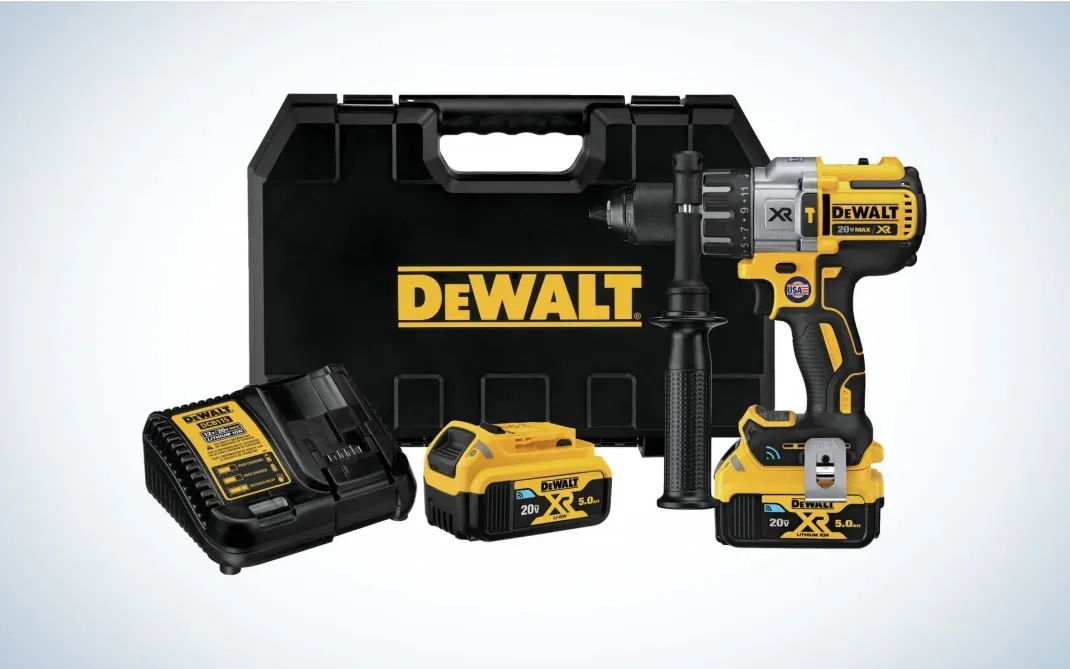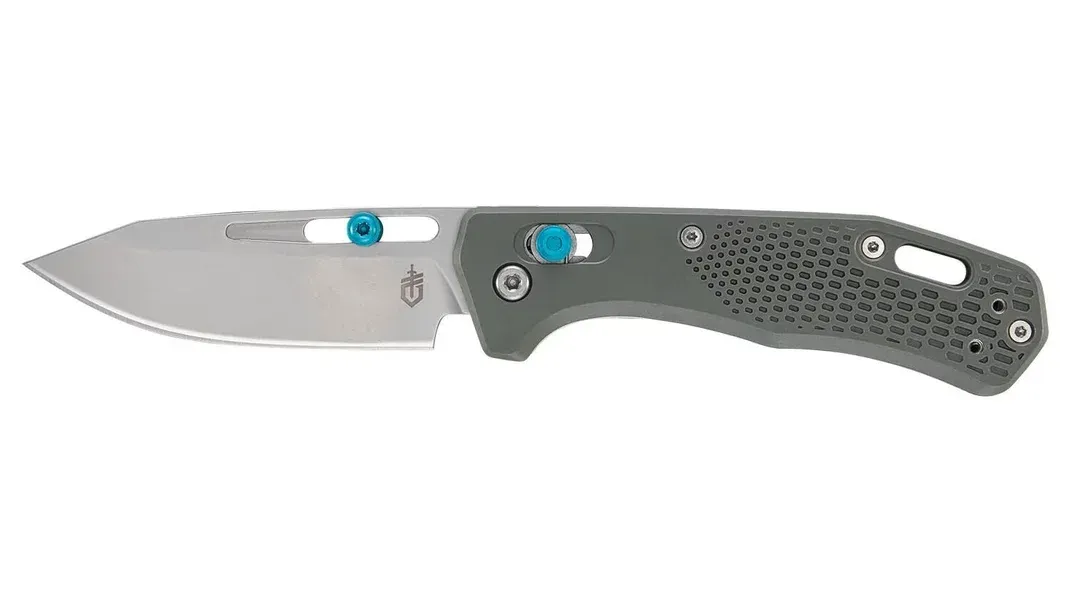Basic Guide to Knife Steel and Blade Selection
Understanding knife steel and blade selection is essential for choosing the right tool for your needs. Different steel types offer varying levels of hardness, edge retention, corrosion resistance, and ease of sharpening. High-carbon steels are known for their sharpness and durability but may require more maintenance. Stainless steels provide excellent corrosion resistance, making them ideal for various environments. Blade geometry also plays a crucial role, influencing cutting performance and comfort. By considering factors like intended use, maintenance preferences, and personal handling, you can make informed decisions that enhance your cutting experience and ensure the longevity of your knife.

When it comes to choosing the right knife, understanding the intricacies of knife steel and blade selection is essential for both enthusiasts and novices alike. The type of steel used in a knife directly impacts its performance, durability, and maintenance requirements. Therefore, having a foundational knowledge of the various types of knife steels, their properties, and how they relate to the intended use of the knife can significantly enhance one’s experience and satisfaction.
Knife steels are generally categorized into two main groups: carbon steels and stainless steels. Carbon steels are highly favored for their edge retention and ease of sharpening. These steels typically have a higher carbon content, which enhances hardness and wear resistance. However, they are more prone to rust and corrosion, necessitating regular maintenance and proper care. For instance, a high-carbon steel knife may develop a patina over time, which some users find aesthetically pleasing, but it also requires a certain level of vigilance to prevent rusting. Many cooks and outdoor enthusiasts prefer carbon steel knives for their ability to hold a sharp edge, making them ideal for precision tasks like slicing and dicing.
On the other hand, stainless steels contain a minimum of 10.5% chromium, which protects against oxidation, making them less susceptible to rust and staining. This characteristic makes stainless steels popular for kitchen knives and outdoor tools that are frequently exposed to moisture. However, stainless steels can sometimes be more challenging to sharpen than carbon steels, and they may not hold an edge as long under heavy use. Within the realm of stainless steels, there are various subcategories, such as martensitic and austenitic steels, each with distinct properties that affect their performance. For example, martensitic stainless steels, like VG-10 or 440C, are known for their balance of hardness and corrosion resistance, making them suitable for a wide range of applications.
The hardness of the steel, typically measured on the Rockwell scale, is another critical factor in blade selection. A knife's hardness affects its edge retention and the ease with which it can be sharpened. Generally, a harder knife can hold a sharper edge longer, but it may be more brittle and susceptible to chipping or breaking under stress. Conversely, softer steels are more forgiving and easier to sharpen, but they may require more frequent honing and sharpening. A balance must be struck based on the intended use of the knife. For heavy-duty tasks, a slightly softer steel may be more practical, while for fine, precise cutting, a harder steel might be preferred.
In addition to the type of steel, the blade's geometry plays a vital role in its performance and suitability for specific tasks. The shape and design of the blade can affect how it interacts with different materials, the ease of use, and the overall effectiveness. For example, a chef's knife typically features a curved blade that allows for a rocking motion while chopping, while a straight-edged knife may excel in slicing tasks. Likewise, the thickness of the blade will influence its rigidity and cutting ability. Thinner blades are often sharper and better suited for delicate tasks, while thicker blades provide more durability and strength for tougher materials.
Another aspect to consider is the heat treatment process that the steel undergoes, which influences its final properties. Heat treatment can enhance the hardness, toughness, and overall performance of the blade. Different manufacturers employ various heat treatment techniques, which can result in significant differences in a knife's performance, even when made from the same type of steel. It is worth researching the specific heat treatment methods used by manufacturers to ensure that the knife meets the desired standards.
Handle materials are also crucial to the overall experience of using a knife. While the blade is vital for cutting performance, the handle significantly affects comfort, grip, and control. Common handle materials include wood, plastic, and various composites. Each material offers unique benefits and drawbacks. Wooden handles, for example, provide a traditional aesthetic and comfortable grip but may require more maintenance to avoid damage. Plastic handles are often more durable and resistant to moisture, making them easier to clean, but they may lack the warmth and feel of natural materials. Ultimately, the choice of handle material comes down to personal preference and the specific requirements of the tasks at hand.
To further assist in the decision-making process, understanding the intended use of the knife is paramount. Different tasks require different knife types, and knowing what you plan to do with the knife can help narrow down your options. For instance, a fillet knife is designed specifically for cleaning and filleting fish, featuring a flexible blade that allows for precise cuts. Conversely, a paring knife is ideal for intricate tasks, such as peeling fruits and vegetables. Multi-purpose knives, like chef's knives, offer versatility and are suitable for a wide range of culinary tasks.
In conclusion, selecting the right knife involves a careful consideration of the type of steel, blade geometry, heat treatment, handle material, and intended use. Each aspect plays a role in determining the overall functionality and satisfaction derived from the knife. Whether you are a professional chef, an outdoor enthusiast, or simply someone who enjoys cooking at home, taking the time to understand these elements will empower you to make informed decisions and choose a knife that best meets your needs. A well-chosen knife not only enhances your culinary experience but also becomes a valued tool that can last a lifetime with proper care and maintenance.
Related Posts

Black Friday 2023 Knife Deals Including Benchmade, Spyderco, Swiss Army, Cold Steel, and More

Great DeWalt Power Tools Prime Day Deals

What We’re Testing Now: A Super-Customizable Knife that Won’t Break the Bank



